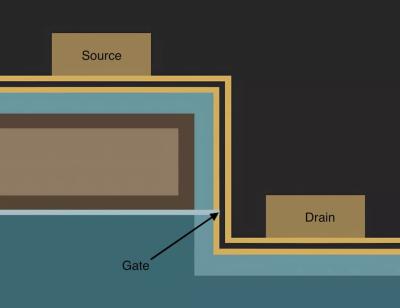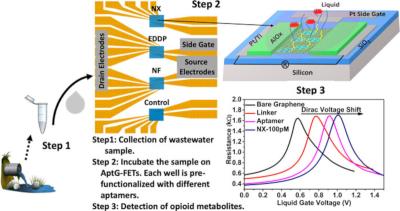Researchers design method to produce single-crystal graphene sheets on large-scale electrically insulating supports
Researchers from KAUST, Lanzhou University, Xiamen University, Friedrich Schiller University Jena and Ulsan have presented a method to produce single-crystal graphene sheets on large-scale electrically insulating supports. This approach could promote the development of next-generation nanomaterial-based devices, such as light and thin touchscreens, wearable electronics and solar cells.
Most graphene-based electronic devices require insulating supports. Yet, high-quality graphene films destined for industrial use are typically grown on a metal substrate, such as copper foil, before being transferred to an insulating support for device fabrication. This transfer step can introduce impurities that affect how well the device performs. Efforts to grow graphene on insulating supports have thus not been successful in producing the required high-quality single crystals.



